Growing Focus on Sustainability
The Inkjet Coder Market is witnessing a growing focus on sustainability, as companies strive to reduce their environmental impact. This trend is prompting manufacturers to develop eco-friendly inks and packaging solutions that align with consumer preferences for sustainable products. Inkjet coders are being designed to utilize less ink and energy, thereby minimizing waste and promoting greener practices. As sustainability becomes a core component of corporate strategies, the demand for environmentally friendly coding solutions is likely to increase, potentially driving market growth by around 4.2% annually. This shift reflects a broader commitment to corporate social responsibility within the industry.
Rising Demand for Product Traceability
The Inkjet Coder Market is experiencing a notable increase in demand for product traceability solutions. This trend is largely driven by regulatory requirements and consumer preferences for transparency in product sourcing and manufacturing processes. Companies are increasingly adopting inkjet coding technologies to ensure compliance with labeling regulations, which often necessitate detailed information on packaging. As a result, the market for inkjet coders is projected to grow at a compound annual growth rate of approximately 5.2% over the next five years. This growth is indicative of a broader shift towards enhanced supply chain visibility, where inkjet coders play a crucial role in providing accurate and reliable product information.
Expansion of E-commerce and Online Retail
The Inkjet Coder Market is significantly influenced by the expansion of e-commerce and online retail platforms. As more businesses transition to online sales, the need for efficient packaging and labeling solutions has surged. Inkjet coders are increasingly utilized to print high-quality barcodes, expiration dates, and other essential information directly onto packaging. This trend is expected to drive the market forward, as companies seek to streamline their operations and enhance customer satisfaction through accurate and timely information. The rise of e-commerce is anticipated to contribute to a market growth rate of around 4.8% annually, reflecting the critical role of inkjet coding in modern retail logistics.
Technological Innovations in Inkjet Coding
Technological innovations are a key driver in the Inkjet Coder Market, as advancements in printing technology continue to enhance the capabilities of inkjet coders. Innovations such as high-speed printing, improved ink formulations, and integration with digital technologies are enabling manufacturers to produce more efficient and versatile coding solutions. These advancements not only improve print quality but also reduce operational costs, making inkjet coders more appealing to a wider range of industries. The market is expected to see a growth trajectory of approximately 5.5% per year, as companies increasingly invest in state-of-the-art coding technologies to maintain competitive advantages.
Increased Automation in Manufacturing Processes
The Inkjet Coder Market is being propelled by the increased automation of manufacturing processes. As industries seek to enhance efficiency and reduce labor costs, the integration of automated inkjet coding systems is becoming more prevalent. These systems allow for seamless integration into production lines, enabling real-time coding and marking without manual intervention. The trend towards automation is expected to contribute to a market growth rate of approximately 5.0% over the next few years, as manufacturers recognize the benefits of streamlined operations and improved productivity. This shift towards automation is indicative of a broader transformation within the manufacturing sector.

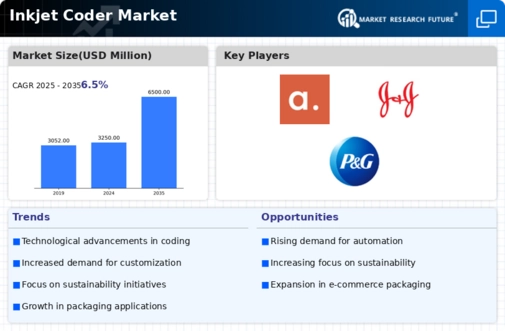

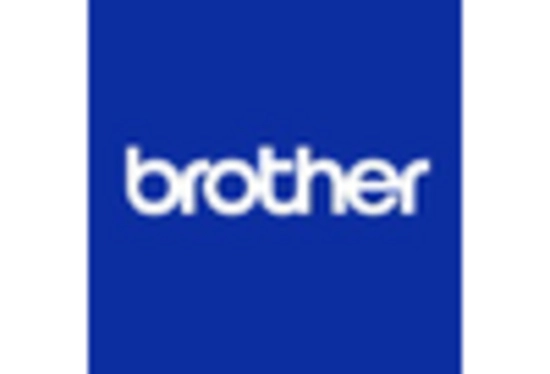


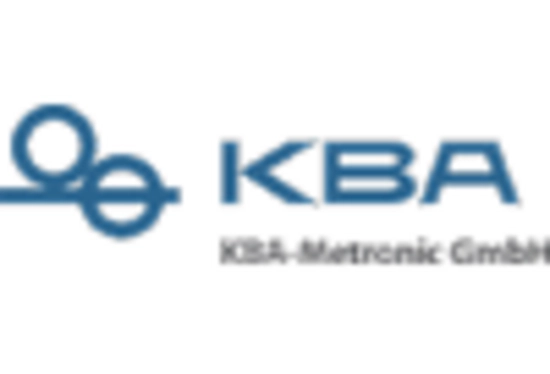
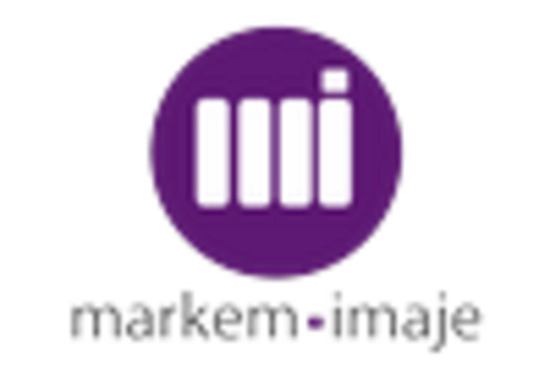
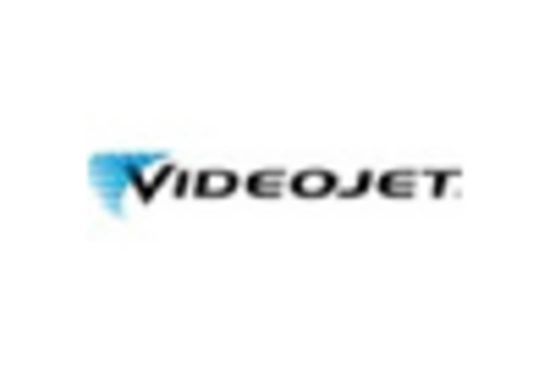








Leave a Comment